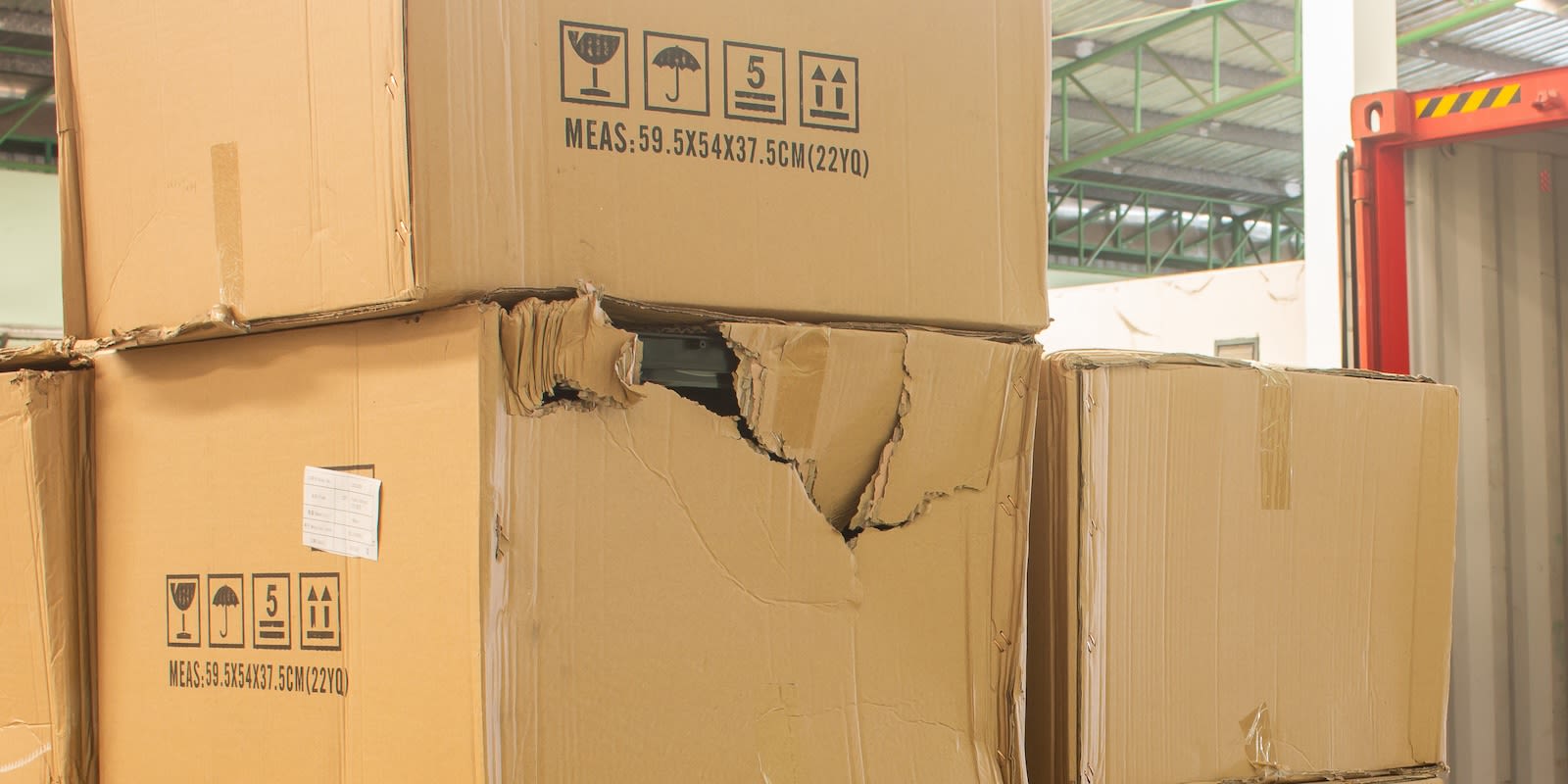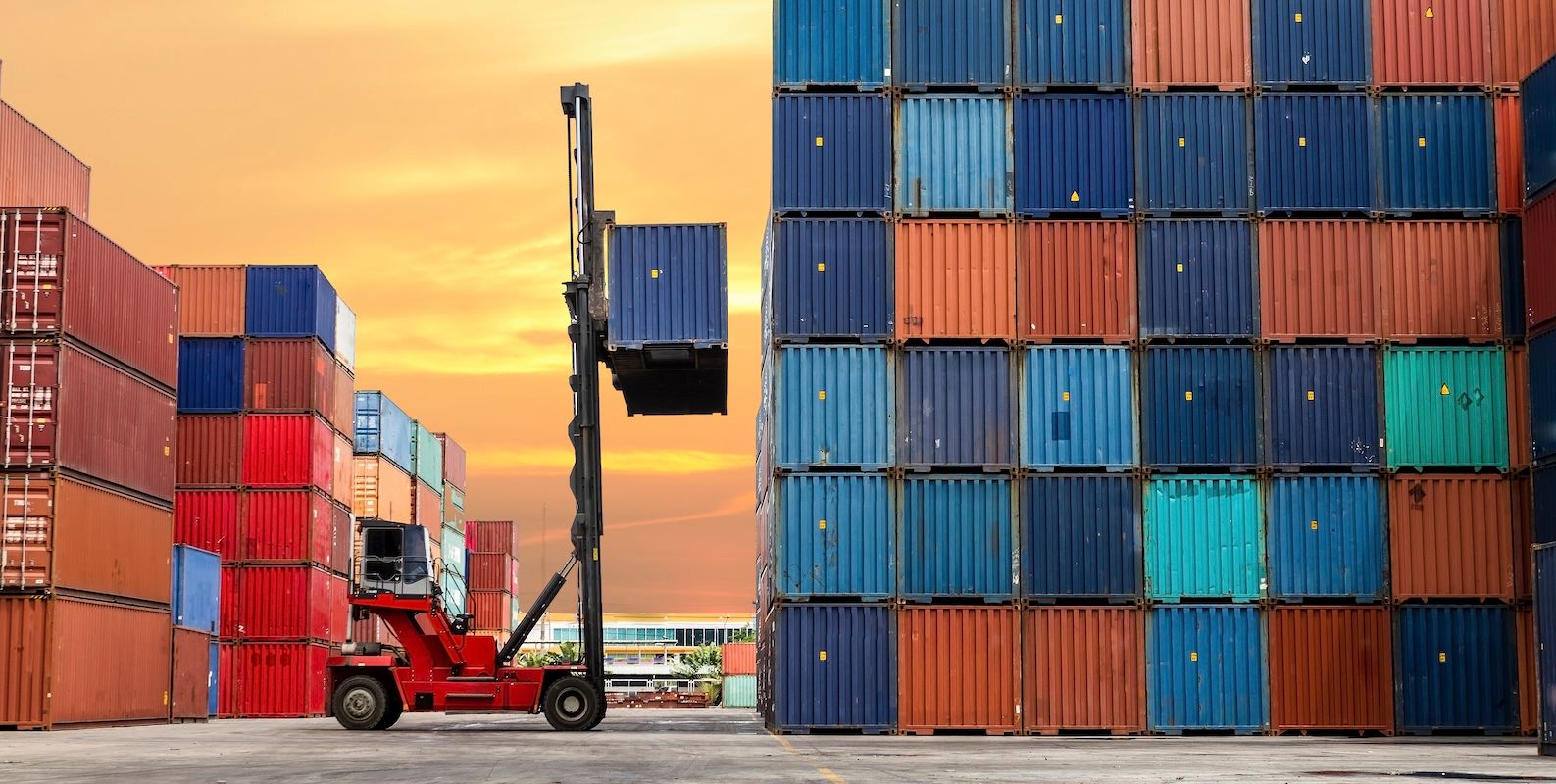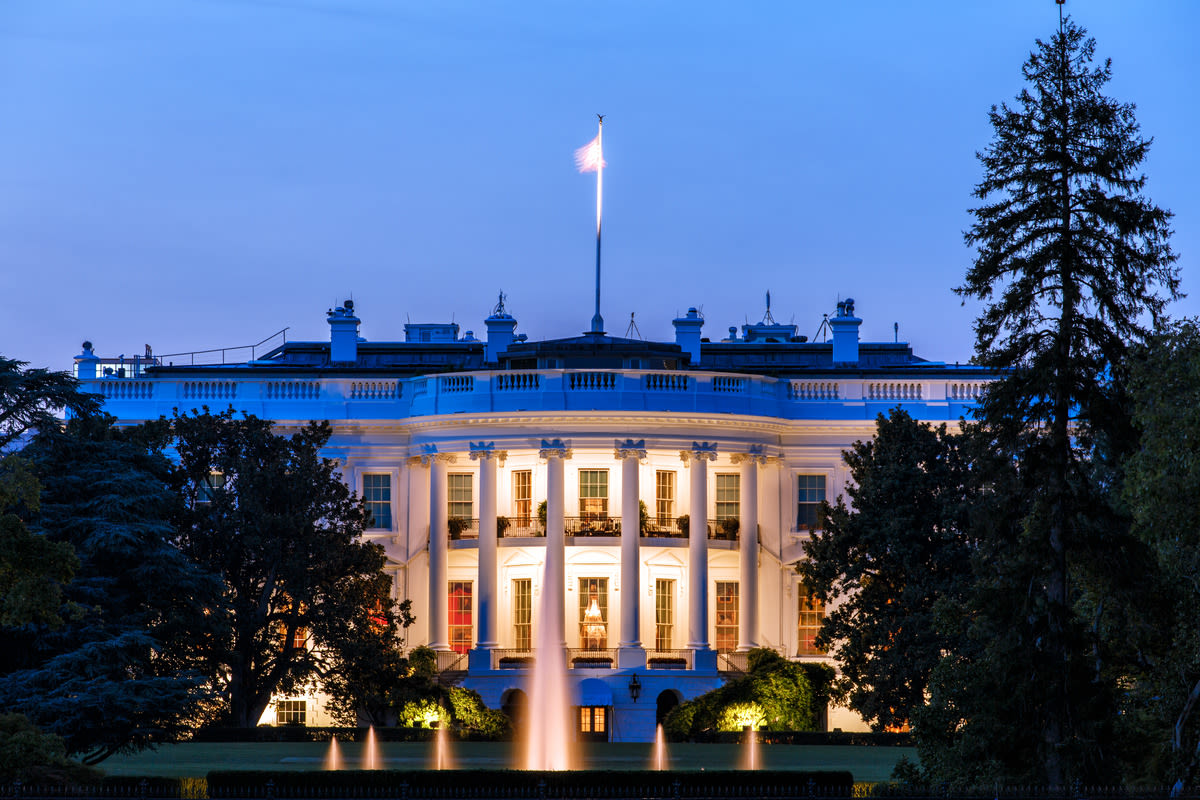
August 14, 2025
Tariffs, Inflation, and Supply Chain Strategy: How Importers Can Adapt

August 13, 2025
U.S. consumer prices have increased by the highest rate since February, with the U.S. Bureau of Labor Statistics reporting that the Consumer Price Index (CPI) in June rose by 0.3% month over month and 2.7% year over year.
This increase in the CPI can likely be attributed to broad-based tariffs levied by the U.S. against key trading partners. These duties were anticipated to raise the price of goods over the coming months, and will likely discourage the Federal Reserve from cutting interest rates in the near term.
As the global tariff landscape continues to evolve in the second half of 2025, supply chain professionals are navigating a complex reality: the rising cost of goods is no longer just a warning, but a clear signal of systemic shifts in trade policy, global materials sourcing, and logistics infrastructure.
As downstream effects of tariffs start to take shape, the core question now for supply chain leaders, shippers, and logistics providers is how to adapt to higher prices on everyday consumer goods, and the potential for softening consumer demand.
Here, we’ll examine how tariffs have influenced prices to date, what shifts may lie ahead, and how you can adapt your supply chain operations and infrastructure to stay resilient in this rapidly evolving macroeconomic landscape.
How Are Tariffs Impacting Prices Now, and What to Expect in the Coming Months?
In recent months, the U.S. government has rolled out a fresh wave of tariffs on imports from China and 70+ other nations. Some of these levies exceed 40%, targeting crucial manufacturing categories and raw materials like steel, aluminum, consumer electronics, auto components, and more.
Inflation figures suggest only a modest direct impact so far. Softened consumer demand has limited price increases for services like airline fares and hotels, combined with a slowing labor market, muting short-term inflation rates.
Research from Deutsche Bank indicates that many U.S. firms are currently absorbing increased input costs through narrower profit margins. Many retailers are combatting the tariff squeeze with tactics like advance-buying inventory, renegotiating supplier terms, and quietly hiking select prices. As this pressure builds over the coming months, the likelihood of these costs being passed on to consumers will rise. The U.S. Treasury claims that the government has already collected more than $100 billion in tariff-related revenues, and it expects to reach $300 billion by year-end.
Tariff impacts are beginning to show in consumer prices for household necessities. The Consumer Price Index shows food costs have climbed 3% over the past year, with meats, poultry, fish, and eggs rising 5.6%. Tariff-sensitive apparel prices rose modestly to 0.4% in June, while household furnishings increased slightly by 1%. Retail giant Amazon reportedly raised the price of more than 1,200 household essentials, including pet supplies, deodorant, and pantry items ahead of their Prime Day shopping event. Despite these relatively small price hikes, consumers still flocked to Amazon for their Prime Day deals, shoring up on household essentials, consumer electronics, and more, presumably before tariff price increases took effect.
Notably, multiple legal challenges are calling into question the Trump Administration’s authority to impose tariffs under the International Emergency Economic Powers Act (IEEPA), with lower courts ruling that such powers lie instead with Congress. Appeals courts are reviewing these decisions in en banc hearings that could determine whether future tariffs can be enacted without legislative approval. The outcomes could profoundly reshape U.S. trade policy by limiting executive authority and forcing greater congressional involvement in tariff policymaking, and delaying or invalidating ongoing and future tariff actions.
Follow our live blog for updates surrounding these rulings, and new updates in the evolving tariff landscape.
Landed Costs Are Expected to Rise
When tariffs as high as 40% are applied to imported goods, many companies find that their cost structures are no longer feasible. Profit margins shrink, pricing models become inaccurate, and certain products are no longer viable at consumer price points. This has forced many importers to reassess their landed cost calculations and look for ways to offset rising expenses.
One of the most significant factors impacting landed cost calculations is the end of the de minimis exemption rule for all countries. The global deprecation of the de minimis exemption —effective August 29—will likely drive landed costs up by eliminating duty-free treatment for many low-value shipments entering the U.S. Without this exemption, even small parcels will require formal customs clearance and be subject to tariffs, adding both direct costs and administrative burdens for importers. These extra steps can significantly slow the movement of goods through ports and parcel facilities, creating costly delays that ripple through fulfillment networks, especially during high-demand periods like Peak Season.
To manage this risk, some businesses are front-loading inventory,ordering and shipping goods earlier than planned to beat new tariff deadlines. While this strategy can help avoid immediate cost spikes, it also introduces new challenges, such as warehouse congestion, elevated storage fees, and increased strain on fulfillment operations. Moreover, holding large amounts of inventory in storage long before it’s ready to sell ties up capital, increases carrying costs like rent and insurance, and raises the risks of product obsolescence or damage. It can also limit operational flexibility, making it harder to respond to shifts in demand or market trends.
To navigate these challenges, importers need a clear understanding of how tariffs affect the total landed cost of their goods—and a partner with the expertise to guide them through it. Flexport’s Customs Brokerage combines deep regulatory knowledge with modern technology to help businesses assess tariff impacts, ensure compliance, and gain full visibility into customs clearance and supply chain performance.
Flexport also offers tools like the Tariff Simulator, which empowers importers with real-time data, historical insights, and scenario planning capabilities. Whether you're calculating your current tariff exposure or preparing for future policy changes, Flexport provides the transparency and control you need to make smarter trade decisions.
Sourcing: Diversification Brings New Complexity
The pressure of tariff-driven cost increases has accelerated the adoption of “China Plus One” strategies, prompting companies to diversify their supplier base across countries like Vietnam, India, and Mexico. While diversification reduces dependency on a single sourcing region and can improve long-term resilience, it also introduces operational friction.
New suppliers often require longer onboarding periods, and businesses must navigate unfamiliar regulatory frameworks, legal requirements, and customs procedures. Variability in production standards, transit times, and infrastructure across these new markets can lead to inconsistencies in quality and reliability, ultimately impacting customer satisfaction and the bottom line.
To execute, teams must invest in supplier onboarding; regional logistics and customs expertise; and internal alignment across procurement, operations, and finance. True resilience comes from upfront scenario planning, cross-functional coordination, and the systems to manage multiple supplier relationships at scale. Diversification creates optionality, but only if it’s built on a strong operational foundation.
Flexport’s Trade Advisory team can help merchants navigate the regulatory, logistical, and operational complexities of multi-country sourcing by providing region-specific guidance and compliance expertise. From supplier onboarding to customs strategy, Flexport equips businesses with the insights and processes needed to maintain quality, reduce risk, and keep goods moving smoothly across diverse supply chains.
Warehousing and Fulfillment: Capacity Under Pressure
As tariff threats intensify and costs rise, businesses across the supply chain are feeling the downstream pressure,particularly in warehousing and fulfillment. In recent months, uncertainty around future U.S. trade policy, especially tariff increases on goods from China, has prompted many importers to front-load shipments. This surge in early imports has led to spikes in Trans-Pacific shipping volumes, filling U.S. ports and warehouses ahead of Peak Season.
This rush to move inventory before tariffs hit may provide short-term cost protection, but it’s creating longer-term strain on storage and fulfillment infrastructure. For many businesses, securing warehouse space has become both more difficult and more expensive. At the same time, facilities are slowing fulfillment operations, increasing order cycle times and limiting the ability to respond to high-demand periods.
The operational effects are significant. Inventory overflow leads to bottlenecks in picking and packing. Rising storage costs may eat into thinning margins, which is made more challenging when businesses absorb early tariff costs. Many merchants turn to SKU rationalization to free up space, but cutting low-margin or high-tariff products can lead to stockouts, longer lead times, and inconsistent customer experiences.
These challenges are complex, and demand more than short-term fixes. They require real-time visibility, agile inventory management, and coordinated logistics across every channel and region. By combining technology, expertise, and global infrastructure, Flexport helps businesses tackle these challenges head-on. Our end-to-end logistics platform integrates Customs Brokerage, Ocean and Air Freight, Warehousing, and ecommerce and B2B Fulfillment to help you anticipate capacity constraints, optimize freight shipments, and keep products flowing to customers without costly delays. With Flexport, you can align your inventory strategy with cost controls, navigate tariff changes with confidence, and adapt to shifting market conditions for sustained success.
Build a Smarter, More Diversified Supply Chain with Flexport
Today’s inflationary environment is as much a supply chain issue as it is an economic one. Rising consumer prices, driven in part by tariff policies and trade disruptions, underscore the need for operational flexibility and strategic foresight.
Flexport’s end-to-end logistics platform is purpose-built to help businesses navigate this complexity. From customs brokerage and global freight services to dynamic warehousing, fulfillment, and scenario planning tools like the Tariff Simulator, we enable importers to build smarter, more resilient supply chains that adapt quickly, manage risk, and protect profitability in an increasingly volatile trade environment.
Talk with an expert today to learn more about Flexport’s competitive shipping and logistics services.
About the Author

August 13, 2025





